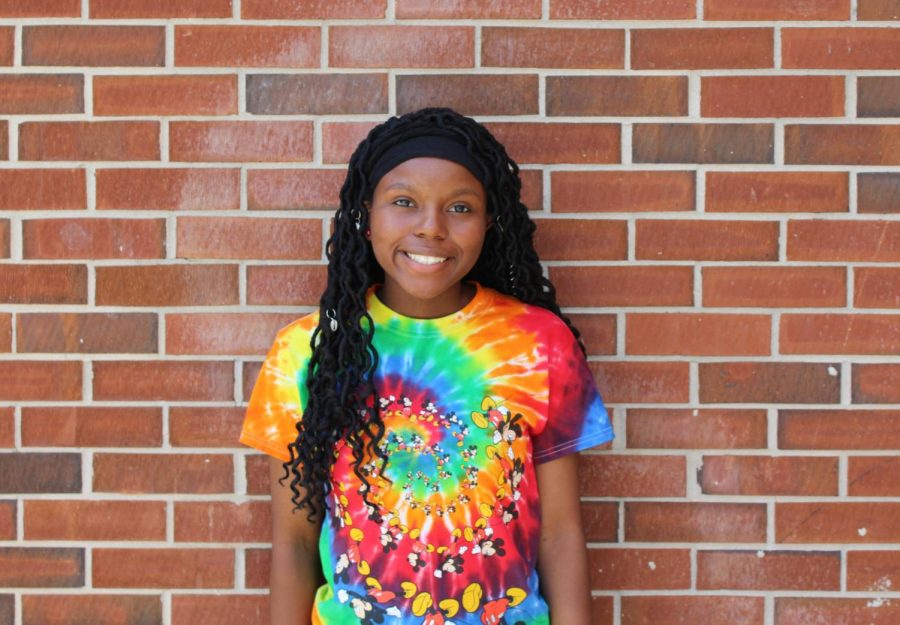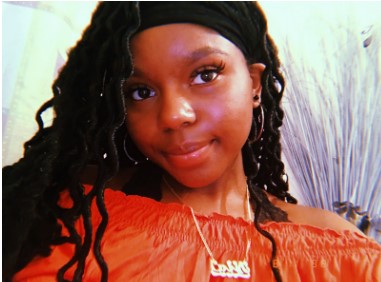My kids watch what?
October 24, 2018
As television channels evolve to interest the next generation, so does their content. Today’s society strongly encourages diverse representation in the media, especially gender, ethnicity, and sexual orientation. The perceived problems arise when creators implement these topics in kids’ shows, leaving parents to determine when the discussion becomes too controversial.
The broader representation included in media, however, reflects America’s diverse society. Today, more kids grow up under the supervision of parents who identify as LGBT than ever before. Vital to opening a child’s perspective on the world, this content provides the essential foundations to a child’s ethics. By learning to understand people’s differences, children can relate more to those around them.
Popular shows such as Steven Universe, Adventure Time, and The Loud House hold responsibility for discreetly exposing children to mature topics. The influence of controversial TV shows may spark uncomfortable conversations between parents and their children, causing parents to criticize these shows for using their platform as a way to spread messages to young viewers that contradict the moral views of past generations.
Adventure Time, a beloved show on Cartoon Network, marketed for younger audiences manages to capture older individuals because of its’ mature content. The show includes two female characters, Princess Bubblegum and Marceline the Vampire Slayer, who sparked conversation among the older fanbase. Older supporters of the show believe the two hold underlying romantic tension between each other. Since the conversation ignited such popularity the creators included a scene in the final episode where the two characters kiss and confirmed their relationship status.
Individuals who support LGBT representation in cartoons can understand why parents would not want their kids to watch specific shows, knowing that at a young age children become highly impressionable. In a case study performed by University of Gujrat, “60% of the children… [change] their language and accent after watching cartoons. That is because children… start copycatting [characters] in every possible way.” One can understand how parents would not want to expose their child to these topics, fearing that these shows may create new personality traits or ideas.
“I feel like there should be a balance. It [LGBT representation] shouldn’t be overused but it also shouldn’t be nonexistent in shows. I feel like if you show the slightest bit of representation it has at least some effect on kids. They can realize it’s normal and see that it’s okay. Representation shouldn’t be forced to the point where parents are stopping the show completely from being watched,” sophomore Andrea Mayorga said.
Although some parents disagree with their kids watching these shows, shielding them from reality only creates further problems for children. Allowing kids to watch TV shows that include LGBT characters helps eliminate stereotypes and provides viewers a different perspective on the lives of others. Seeing diverse portrayals in cartoons familiarizes children with individuals who identify as gay, lesbian, or transgender.
Essential to teaching children the differences in society, LGBT representation proves its importance by eliminating judgement from a child’s mentality. Parents attempting to protect their children from reality only causes more confusion about how individuals identify. As society changes so should one’s mindset. Parents should ease up on their children and let them explore these shows to create their own opinions.
From Bugs Bunny dressing up as a female to Spongebob and Patrick pretending to raise a kid together, why limit the perception of the world to a child in fear that it will challenge the personal beliefs of parents?







